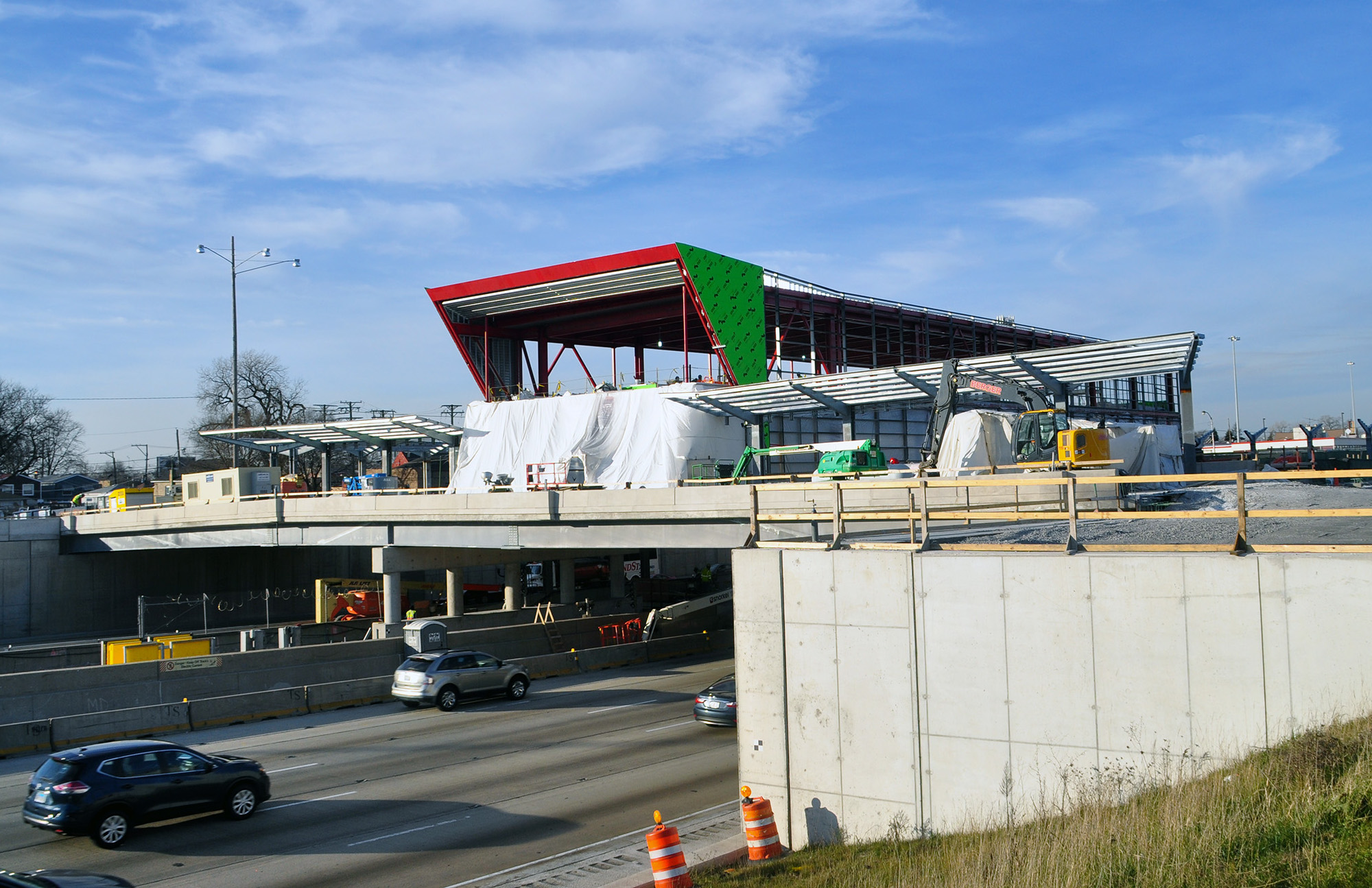The $280 million rehab of the CTA’s 95th Street Red Line terminal appears to be moving along nicely. Originally built in 1969, the station is one of the transit system’s busiest, serving some 20,000 people a day with 24-7 Red Line service plus over 1,000 CTA and Pace bus trips on a typical weekday, as well as Greyhound and Indian Trails intercity bus service. The construction work, which began in fall 2014, is generally being done without service disruptions.
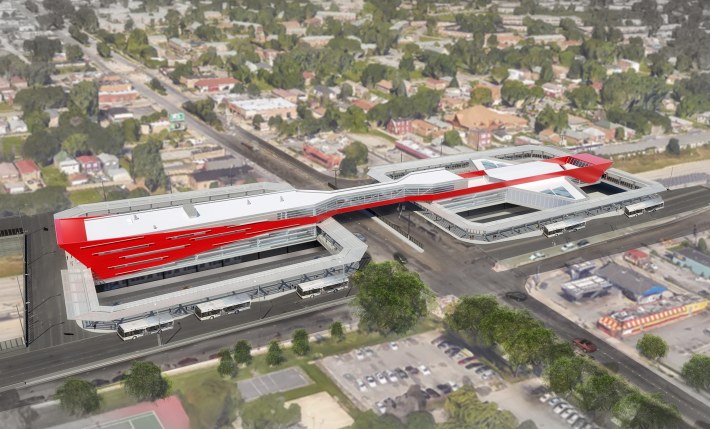
The new station will straddle busy, multilane 95th Street, with bus loading and unloading concentrated at the new south terminal and train access from the north terminal. Customers will be able to transfer between the terminals via a wheelchair-accessible sky bridge.
CTA officials promise that the new facility will be a huge improvement over the old one, with “bright, airy spaces” thanks to the station being largely enclosed in glass, and clear sightlines. Platforms will be widened for easier passenger flow and bus lanes and bus bays will also be expanded to ease congestion. There will also be wider sidewalks and waiting areas in the bus terminal, and acoustic panels on the ‘L’ platforms to reduce noise from the Dan Ryan Expressway.
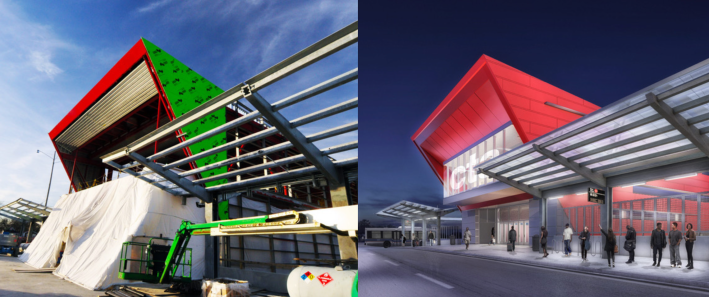
At this point the CTA hopes to complete the south terminal this spring, according to spokeswoman Irene Ferradaz. “A good deal of progress has already been made on the terminal facility as well as the bus turnaround area,” she says. “This includes installing much of the building steel, pouring the concrete for the concourse foundation and working on the installation of the second floor and roof, as well as track improvements.”
Ferradaz added that crews are continuing to work on the bus turnaround, including widening 95th Street to accommodate the facility and installing canopies. “We’ve also begun work for the north terminal, which is scheduled to be completed by the end of the year.”
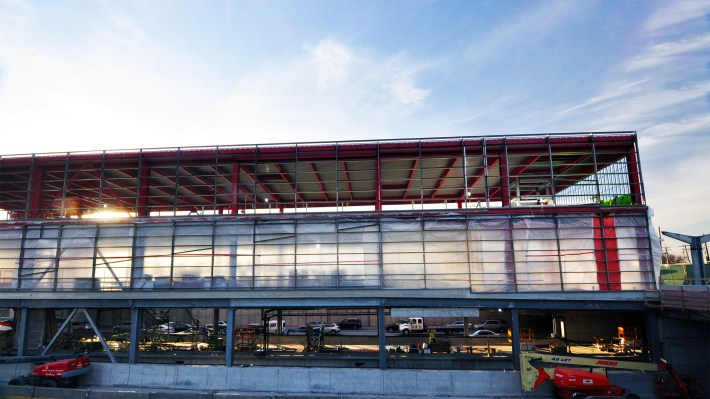
In addition, internationally recognized local artist Theaster Gates is creating what the CTA says will be the largest public art project in the transit agency’s history, influenced by input taken from residents at five public meetings in 2013 and 2014. The plans for the installations were unveiled last July.

One piece of the $1.3 million project is titled “an extended song of our people (AESOP), located in the north terminal, will involve a sound studio that will host live performances and presentations by DJs, musicians, poets, and other community members, with the programming played through the station’s P.A. system. The CTA says the idea for the space was sparked by comments at the hearings indicating “a strong interest in developing a living space that would allow for the celebration of past achievements, to showcase current talent, and for the space to be a symbol of hope.” The facility could potentially broadcast via Internet radio.
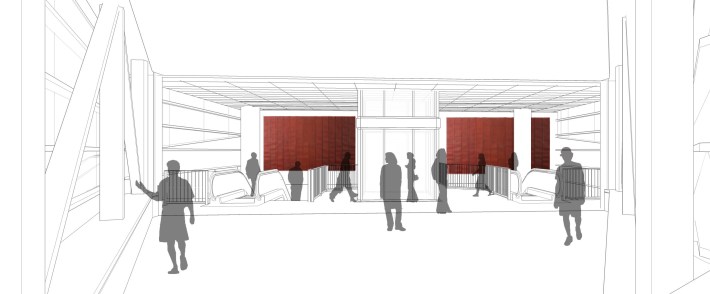
The second portion of Gates’ project, titled “america, america,” will consist of two large tapestries (which figure heavily in the artist’s collection of work), located in the south terminal, made from colorful strips of fire hoses and galvanized steel. The choice of materials seems to refer to the hoses turned on marchers during the African-American civil rights movement and, perhaps, the bars of jail cells. The CTA says the tapestries will be “reflection the importance of the civil rights movement and the struggle and acknowledgement that the work of equity and equality is an ongoing effort not carried by one people, but by all.”
